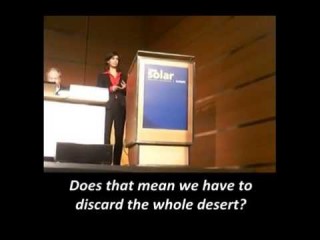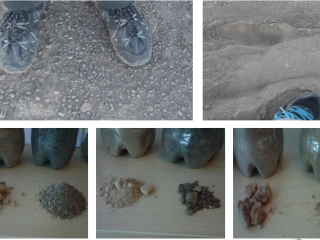
Soiling
The Atacama Desert is an area of approximately 128,000 square kilometres, within Chile alone it is 1400km long. It is a very diverse region with different micro climates which are shaped by the effect of the Pacific Ocean to the West and the Andes Mountain Range to the East. It is the place which has the highest irradiation on Earth and in addition it maintains relatively low temperatures due to high altitude and constant thermal winds in many areas. These are excellent conditions for a solar plant. However, several parts of the desert also display environmental conditions which are not beneficial for photovoltaic (PV) energy production, in particular due to the effects they have on soiling (defined as unwanted material on the PV modules):
- High dust: either from the ground or other natural environmental conditions (such as dunes and unfavourable winds) or from mining activities.
- Low rain: The Atacama Desert is known as the driest place in the world. The average rainfall is about 15 mm per year although some locations, such as Arica and Iquique receive 1 to 3 mm in a year. Periods of up to four years have been registered with no rainfall in the central sector.
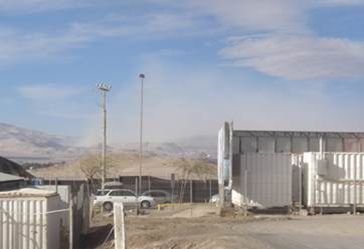

This means that natural self-cleaning by rain, which has been reported in PV plants in traditional markets such as Germany, would be rare in the region. Some parts of the Atacama Desert, however, are subjected regularly to a dense coastal fog during the night and early morning hours, during which relative humidity levels can reach 100% and significant amounts of dew may precipitate on PV module surfaces. While in some circumstances this may lead to module self-cleaning, the interaction with other effects (such as salinity in the air or different types of dust) is not well studied and there is a distinct lack of robust methodologies for estimating the soiling losses of PV plants in the Atacama Desert. In the light of evidence reported from other desert regions overseas, where soiling losses in the order of 35% have been reported [1], the Soiling Working Group was formed to bring industry players together and to advance the state of knowledge through co-operation.
References: [1] PV tech O&M Webinar (Frank Teofilo, March 2014, First Solar)

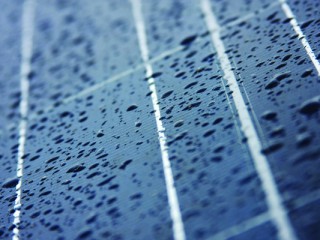
Intersolar 2014: Soiling in the Atacama Desert, A Case Study
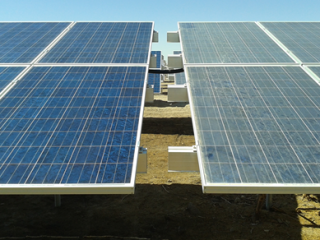
PVSec 2015, Poster: Quantifying PV Soiling Losses in the Atacama
